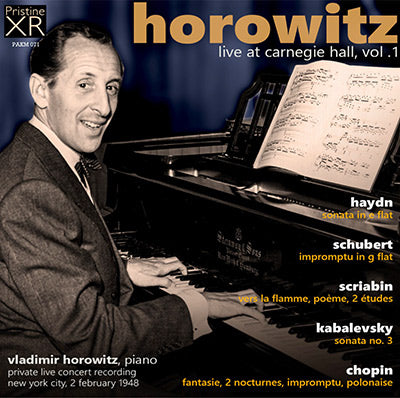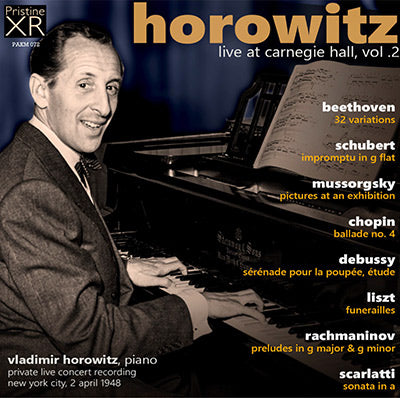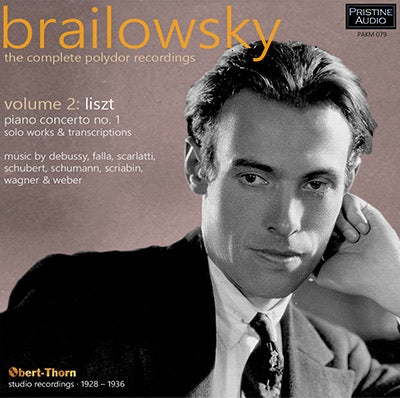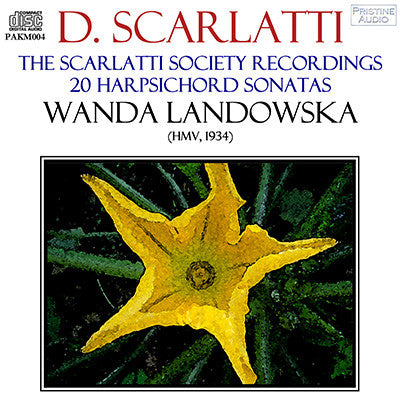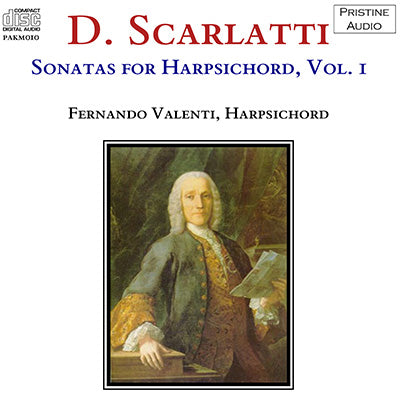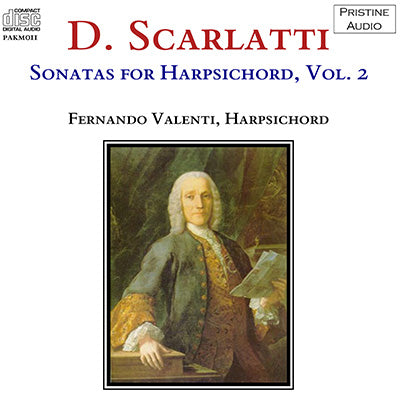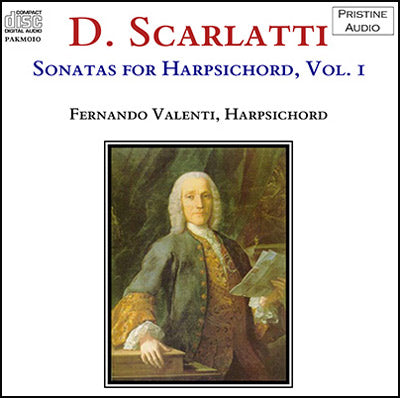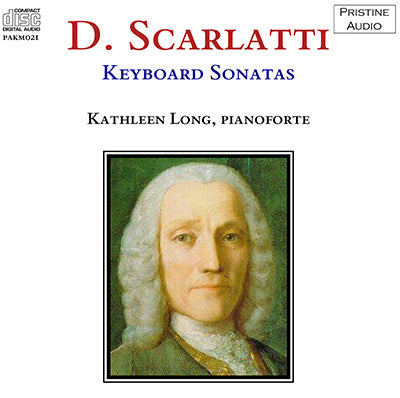Scarlatti
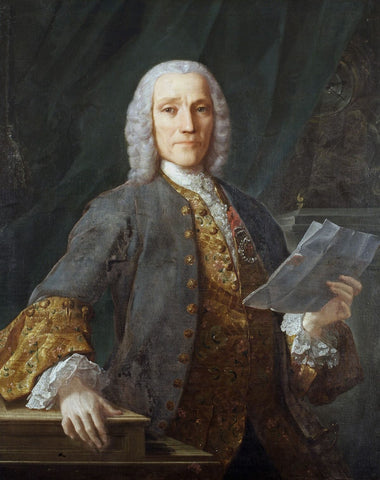
Giuseppe Domenico Scarlatti (Naples, 26 October 1685 – Madrid, 23 July 1757) was an Italian composer who spent much of his life in the service of the Portuguese and Spanish royal families. He is classified primarily as a Baroque composer chronologically, although his music was influential in the development of the Classical style and he was one of the few Baroque composers to transition into the classical period. Like his renowned father Alessandro Scarlatti, he composed in a variety of musical forms, although today he is known mainly for his 555 keyboard sonatas.
Only a small fraction of Scarlatti's compositions were published during his lifetime; Scarlatti himself seems to have overseen the publication in 1738 of the most famous collection, his 30 Essercizi ("Exercises"). These were well received throughout Europe, and were championed by the foremost English writer on music of the eighteenth century, Charles Burney.
The many sonatas that were unpublished during Scarlatti's lifetime have appeared in print irregularly in the two and a half centuries since. Scarlatti has attracted notable admirers, including Béla Bartók, Arturo Benedetti Michelangeli, Johannes Brahms, Frédéric Chopin, Emil Gilels, Enrique Granados, Marc-André Hamelin, Vladimir Horowitz, Franz Liszt, Ivo Pogorelić, Heinrich Schenker and Dmitri Shostakovich.
Scarlatti's 555 keyboard sonatas are single movements, mostly in binary form, and some in early sonata form, and mostly written for the harpsichord or the earliest pianofortes. (There are four for organ, and a few for small instrumental group). Some of them display harmonic audacity in their use of discords, and also unconventional modulations to remote keys.
Other distinctive attributes of Scarlatti's style are the following:
- The influence of Iberian (Portuguese and Spanish) folk music. An example is Scarlatti's use of the Phrygian mode and other tonal inflections more or less alien to European art music. Many of Scarlatti's figurations and dissonances are suggestive of the guitar.
- A formal device in which each half of a sonata leads to a pivotal point, which Kirkpatrick termed "the crux", and which is sometimes underlined by a pause or fermata. Before the crux, Scarlatti sonatas often contain their main thematic variety, and after the crux the music makes more use of repetitive figurations as it modulates away from the home key (in the first half) or back to the home key (in the second half).
Kirkpatrick produced an edition of the sonatas in 1953, and the numbering from this edition is now nearly always used – the Kk. or K. number. Previously, the numbering commonly used was from the 1906 edition compiled by the Neapolitan pianist Alessandro Longo (L. numbers). Kirkpatrick's numbering is chronological, while Longo's ordering is a result of his grouping the sonatas into "suites". In 1967 the Italian musicologist Giorgio Pestelli published a revised catalog (using P. numbers), which corrected what he considered to be some anachronisms.
Aside from his many sonatas, Scarlatti composed a number of operas and cantatas, symphonias, and liturgical pieces. Well-known works include the Stabat Mater of 1715 and the Salve Regina of 1757, which is thought to be his last composition.

Scarlatti
Giuseppe Domenico Scarlatti (Naples, 26 October 1685 – Madrid, 23 July 1757) was an Italian composer who spent much of his life in the service of the Portuguese and Spanish royal families. He is classified primarily as a Baroque composer chronologically, although his music was influential in the development of the Classical style and he was one of the few Baroque composers to transition into the classical period. Like his r...
Concert of 2 February 1948
Music by Haydn, Schubert, Scriabin, Kabalevsky, Chopin, Scarlatti, Moszkowski, Schumann, Liszt-Horowitz
Total duration: 79:52 (CD) & 92:59 (Download, includes encores)
Vladimir Horowitz, piano
Concert of 2 April 1948
Music by Beethoven, Schubert, Mussorgsky, Chopin, Debussy, Liszt, Rachmaninov, Scarlatti, Mozart, Sousa
Total duration: 79:27 (CD) & 91:23 (Download, includes encores)
Vladimir Horowitz, piano
LISZT Piano Concerto No. 1
Solo works and transcriptions of music by Debussy, Falla, Liszt, Mendelssohn, Scarlatti, Schubert, Schumann, Scriabin, Wagner, Weber
Studio recordings, 1928-1936
Total duration: 1hr 58:16
Alexander Brailowsky, piano
Berlin Philharmonic Orchestra
conducted by Julius Prüwer
Recorded 1934
Duration 51:19
SCARLATTI Harpsichord Sonatas, Vols. 1 - 11
Recorded 1951-55
Fernando Valenti, harpsichord
Save 5% when you order the complete set
Recorded 1951, issued as Westminster LP WL 5116
Duration 52:16
Recorded 1951, issued as Westminster LP WL 5106
Duration 46:52
Recorded: 1950-52
Duration 47:02
-
Previous
- Page 1 of 3
- Next

